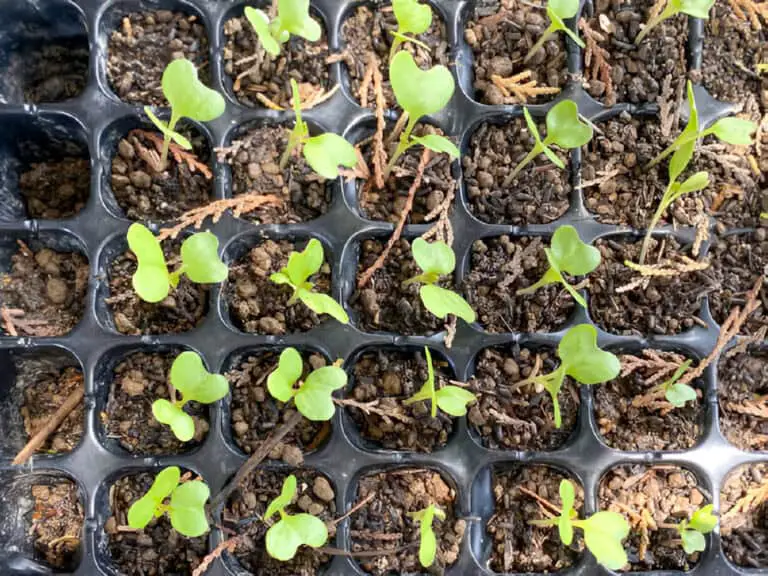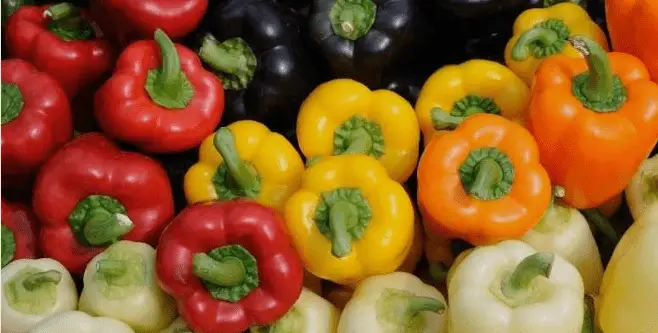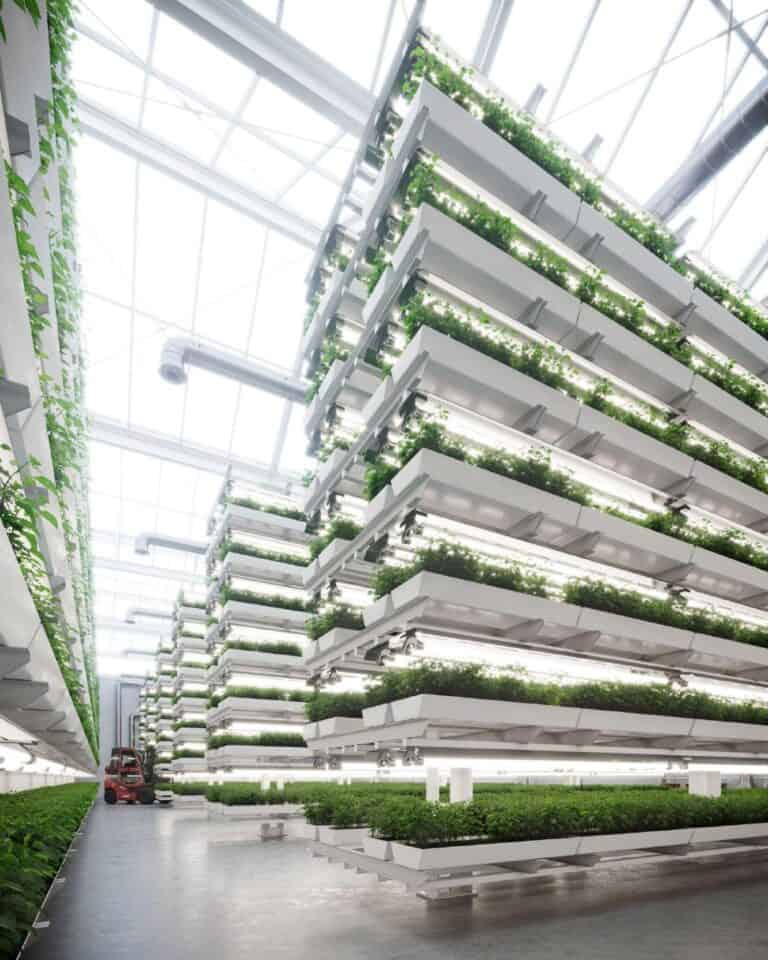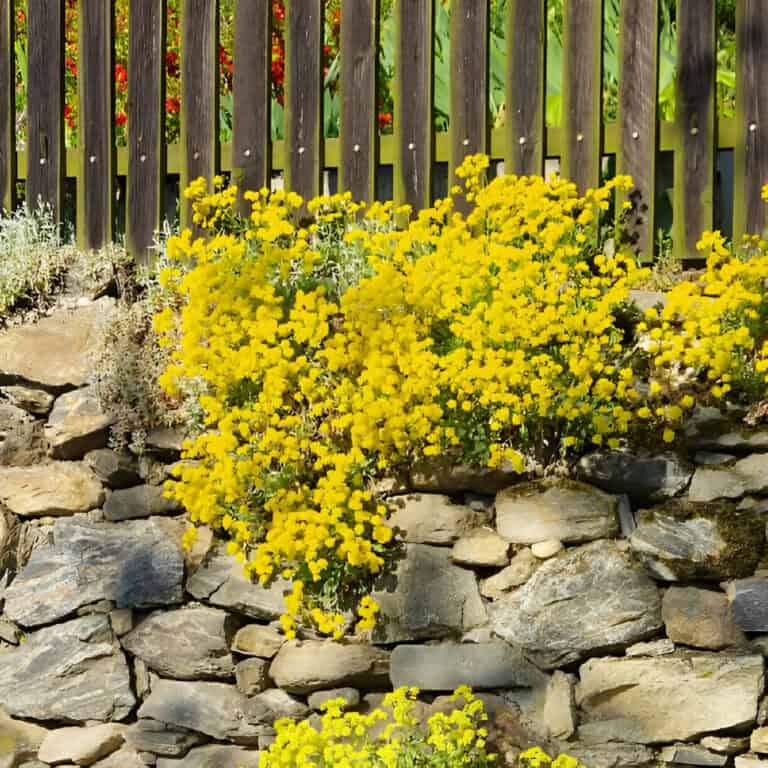Where Do Brussel Sprouts Grow Naturally? Do They Grow in the Wild?
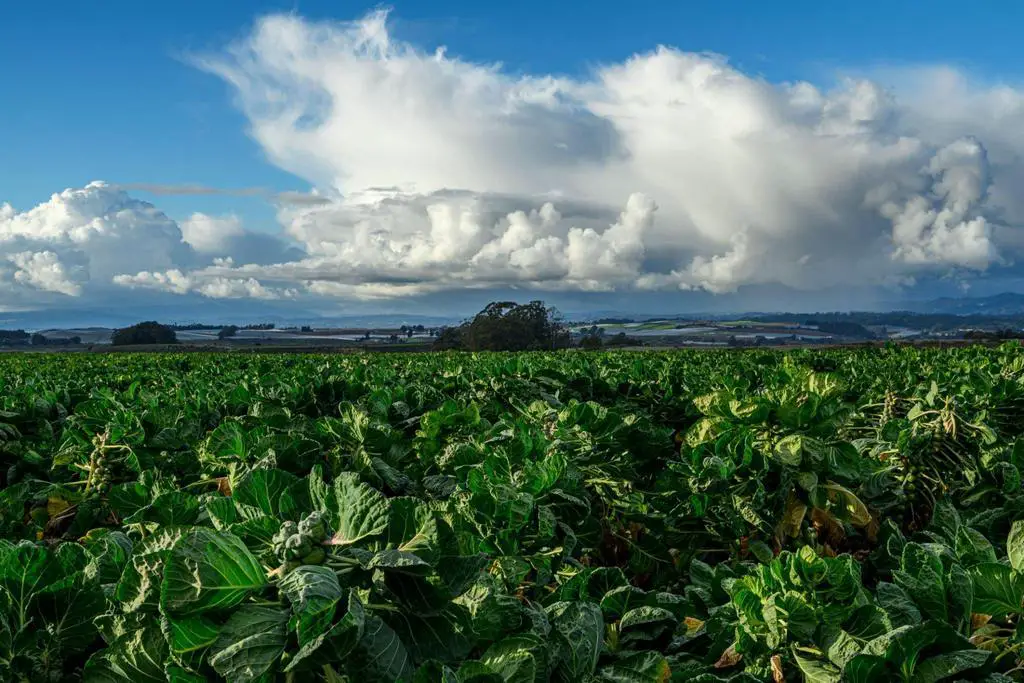
If you’ve ever savored the delightful taste of Brussels sprouts, you might find yourself wondering about their origins. Where do these miniature cabbage-like vegetables come from? And do they grow in the wild, like their untamed ancestors?
Prepare to embark on a journey of culinary curiosity as we unravel the secrets of Brussels sprouts. In this article, we’ll delve into the natural habitat of these green gems and explore their cultivation history. We’ll learn about the areas where Brussels sprouts thrive thanks to the ideal soil and climate. And for those who love a touch of wild mystique, we’ll unveil whether these delectable veggies can still be found growing freely in nature.
So, fasten your seatbelts, and let’s venture into the verdant world of Brussels sprouts, where nature’s wonders and human cultivation intersect.
Introduction to Brussel Sprouts
Brussel sprouts have a distinctive appearance, resembling miniature cabbages attached to a thick stalk. They offer a mild, slightly bitter taste that pairs well with a variety of ingredients and cooking methods. Due to their versatility and nutritional value, Brussel sprouts have gained popularity and are commonly used in various dishes around the world.
Scientifically known as Brassica oleracea var. gemmifera, Brussel sprouts belong to the Brassicaceae family, which includes other cruciferous vegetables like cabbage, broccoli, and kale. Within the Brassica oleracea species, Brussel sprouts are a distinct variety known for their tightly-packed, small heads that form along the stem.
While closely related to cabbage, Brussel sprouts have their own unique characteristics and adaptations, making them a distinct vegetable in their own right.
Where Do Brussel Sprouts Grow Naturally?
Where Brussel sprouts grow naturally is a fascinating exploration into the origins and natural habitat of this unique and delicious vegetable. To understand where they grow naturally, we must delve into their historical roots and the environmental conditions that support their growth.
Originally, Brussel sprouts were cultivated in ancient Rome, and their wild ancestors can be traced back to the Mediterranean region. However, it wasn’t until the 13th century that their cultivation became prominent in what is now modern-day Belgium, particularly in the Brussels area, which is how they acquired their name. The cool maritime climate of this region, characterized by mild summers and mild winters, provided an ideal environment for Brussel sprouts to flourish.
In their natural habitat, Brussel sprouts prefer a cool, temperate climate with fertile, well-drained soil. They thrive in regions that experience consistent temperatures ranging from 45 to 75 degrees Fahrenheit (7 to 24 degrees Celsius). This moderate climate allows for optimal growth and the development of their signature compact, leafy buds.
The success of Brussel sprout cultivation also depends on specific soil conditions. They prefer soil that is rich in organic matter, slightly acidic, and well-drained. These factors contribute to the growth of healthy plants and promote the formation of their characteristic sprouts.
However, it’s worth noting that Brussel sprouts are adaptable and can be grown in a variety of climates, including regions with colder winters or warmer summers.
In terms of geographical distribution, Brussel sprouts are now cultivated in many parts of the world, including Europe, North America, and Asia. In Europe, besides Belgium, countries like the Netherlands, France, and the United Kingdom are known for their Brussel sprout production.
In North America, regions with similar climatic conditions to their natural habitat, such as the Pacific Northwest and parts of California, are ideal for Brussel sprout cultivation. Asian countries like China and India have also embraced Brussel sprouts and integrated them into their culinary traditions.
Where Brussel Sprouts are Grown Commercially
Brussel sprouts are commercially grown in various regions across the globe. Some of the major countries known for their Brussel sprout production include Belgium, the Netherlands, the United States, the United Kingdom, and Canada.
Climate suitability, soil quality, and market demand are just a few of the variables that affect growing locations. Commercial farmers employ specific techniques and practices to optimize yield and quality, such as selecting suitable cultivars, implementing irrigation systems, and using fertilizers judiciously.
Brussel Sprouts in the Wild
While Brussel sprouts are now primarily cultivated, they do have a wild ancestor. The wild ancestor of Brussel sprouts is believed to be Brassica oleracea, a wild cabbage species native to coastal areas of Western Europe. In the wild, these ancestral plants can still be found growing along the seashore and cliff edges, particularly in regions such as the British Isles.
However, it’s important to note that wild Brussel sprouts populations are relatively rare and can be challenging to locate and study due to their limited distribution and protected habitats.
Researchers and botanists have identified natural habitats where wild Brussel sprouts are known to grow. These habitats include coastal cliffs, salt marshes, and rocky shorelines in regions like the British Isles and parts of Western Europe. These areas provide the ideal conditions for the wild ancestor to thrive, with the cool, maritime climate and well-drained soils.
Finding wild Brussel sprouts populations can be challenging due to their limited distribution and the protective measures in place for their conservation. These plants have specific ecological requirements and are often found in protected habitats that restrict public access. As a result, studying and observing wild Brussel sprouts in their natural environment requires permits and specialized knowledge.
Understanding the wild origins of Brussel sprouts contributes to ongoing research and breeding efforts. By studying the characteristics and adaptations of wild cabbage species, scientists aim to develop improved cultivars of Brussel sprouts that possess desirable traits, such as increased disease resistance, higher yields, and enhanced nutritional profiles.
Domestication and Cultivation of Brussel Sprouts
Brussel sprouts have come a long way from their wild origins. These humble vegetables are believed to have descended from wild cabbage plants found in coastal areas of Western Europe. Over time, humans recognized the potential of these wild cabbages and began domesticating them through careful selection and cultivation.
Brussels sprouts have a fascinating cultivation history that dates back centuries. The ancient Romans are believed to have cultivated a primitive form of Brussels sprouts, although they were quite different from the ones we enjoy today. It was not until the 16th century in Belgium that Brussels sprouts as we know them started to take shape.
In the late 18th century, Brussels sprouts gained popularity in France and were introduced to England in the 19th century. Over time, the vegetable underwent selective breeding and improvement to enhance its taste, texture, and overall quality. Today, Brussels sprouts are widely cultivated across various continents and enjoyed by people around the world.
Through generations of human involvement and selective breeding, Brussel sprouts evolved into the compact, tightly packed heads we are familiar with today. The process of domestication allowed for the refinement of desirable traits such as increased sprout size, improved flavor, and enhanced disease resistance. As a result, Brussel sprouts transformed from their wild, sprawling ancestors into the cultivated form we know and love.
The Versatility of Brussels Sprouts
Brussels sprouts are incredibly versatile in the kitchen. They can be prepared in various ways, offering different flavors and textures. Here are a few popular cooking methods:
- Roasting: Toss Brussels sprouts with olive oil, salt, and pepper, then roast them in the oven until they become crispy and caramelized. Roasting brings out the natural sweetness of the sprouts.
- Sautéing: Heat a skillet with butter or olive oil, add Brussels sprouts, and cook them until they become tender. Sautéing gives the sprouts a slightly charred exterior and a soft interior.
- Steaming: Place Brussels sprouts in a steamer basket and steam them until they are tender yet still vibrant green. Steaming helps retain their nutrients and natural flavors.
- Grilling: Thread Brussels sprouts onto skewers, brush them with marinade or oil, and grill them until they are charred and cooked through. Grilling adds a smoky flavor to the sprouts.
- Raw: Shred Brussels sprouts finely and use them as a base for salads or slaws. Raw Brussels sprouts have a crunchy texture and a slightly nutty flavor.
Nutritional Benefits of Brussels Sprouts
In addition to their culinary versatility, Brussels sprouts offer numerous health benefits. They are a nutrient-dense vegetable, packed with vitamins, minerals, and fiber. Here are some of the key nutritional benefits of Brussels sprouts:
- Vitamin C: Brussels sprouts are an excellent source of vitamin C, which supports immune function and acts as an antioxidant in the body.
- Vitamin K: These mini cabbages are rich in vitamin K, which is essential for blood clotting and bone health.
- Fiber: Brussels sprouts are high in fiber, promoting healthy digestion and aiding in weight management.
- Antioxidants: They contain various antioxidants, such as kaempferol, which may have anti-inflammatory and cancer-fighting properties.
- Folate: Brussels sprouts are a good source of folate, a B-vitamin important for cell growth and development, especially during pregnancy.
Conclusion
Brussel sprouts, originally wild and sprawling, have been transformed through domestication and selective breeding into the delightful miniature cabbages we enjoy today. They offer a wealth of nutrients, including vitamins, minerals, and antioxidants, making them a valuable addition to a healthy diet. With their versatility in the kitchen, Brussel sprouts can be prepared in various delicious ways, from roasted and stir-fried to salads and gratins.
Brussel sprouts have also left their mark on popular culture, symbolizing healthy eating and inspiring creativity in the culinary realm. As we look to the future, ongoing research and advancements in cultivation techniques and genetic studies will pave the way for even better Brussel sprout varieties, while sustainable farming practices will ensure their production aligns with environmental priorities.
So, the next time you savor a plate of roasted Brussel sprouts or explore a new recipe, remember the journey these tiny vegetables have taken, from their wild origins to our dinner tables, and appreciate the remarkable story behind these miniature marvels of nature.

